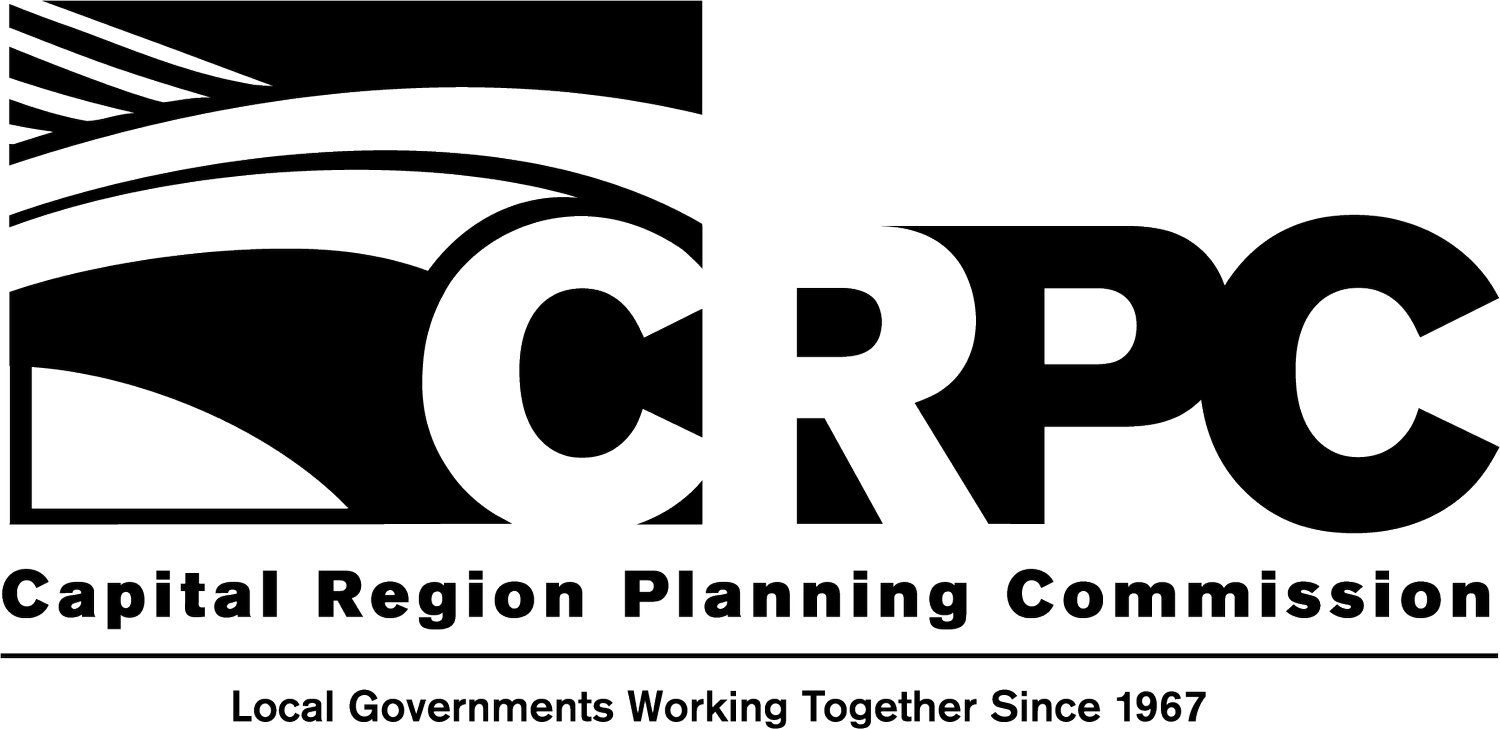CRPC VisionGreen 2050 TAG #3 Presentation
Introduction
Scenarios are possible futures for Baton Rouge MSA.
Scenario modeling is not limited by financial considerations. That analysis will come later.
BAU (Business as Usual) are scenarios based on current policies and trends for population and development
More people, more cars, more cooling needs, more waste, etc.
BAP (Business as Planning) includes projects with approved funding
BAU Scenario
Less energy expended on heating, but more energy used for cooling results in a net increase of emissions.
The largest share of emissions is in the industrial sector.
Low Carbon Scenario
A series of measures stacked on top of each other to chip away at the projected emissions
LCS 1 - Short-Term based on actions in the Priority Climate Action Plan
Electricity, industry, CCS, methane, transportation, residential, community, lands
LCS 2 - Extending measures from LCS 1 that can be expanded/escalated
Renewable energy to supply community and industrial electrical needs, alternative transportation
LCS 3 - Industrial Expansion
Energy efficiency in industry, methane capture, building code retrofits in the commercial sector, fuel-switching
23% reduction in energy use
Most remaining emissions are from industry
Fuel-switching in industrial sector will reduce reliance on natural gas and power facilities through the green energy supplied electrical grid
LCS 4 - Continued pollution reduction measures in oil and gas refining, additional carbon capture and storage
Costs and Benefits
Nest steps will take all the recommendations and project operation costs to complete a cost-benefit analysis
Feedback/ Participant Questions
What specific industries are we talking about scaling back 75%?
For the industrial entities, the focus would be energy production, not reducing manufacturing capacity
We will take a closer look at the petrochemical sector to be sure we are focused on the right facilities
Wind energy may not be immediate, but it should be part of the picture.
Wind energy is included in this plan within the “cleaner grid” project category.
Increasing interest in the use of nuclear power, which could be included in the potential fuel-switching plans - legislative hearings to be held soon
GHG outcomes would be similar to whether utilizing hydrogen of SMRs
How do you decide what to build to keep up with generation as some facilities are decommissioned?
BAU scenario (with cost considerations) will be the reference scenario to compare and decide which path to take
ADDITIONAL FEEDBACK OPPORTUNITIES
Please provide any comments, questions or suggestions by February 21st via email to Laura Livingston l.livingston@franklinassociates.com.
Are there any additional emission reduction measures that you would like to see included in the scenario modeling?
What measures would have the most significant benefits for communities and the local workforce?
Please provide any feedback about the session or other aspects of the process you would like to see considered.
Climate Action Town Hall
Presentation Slides:
Download the slides
Outreach
Over the coming months, the project team will host pop-up events in various locations throughout the community. We’ll be gathering feedback related to community readiness for climate action and potential opportunities and barriers to implementation. Input will be recorded and included in Vision Green 2050. Pop by to share your thoughts, learn about emission reduction and enter to win a draw prize.
Dates and locations click here
Questionnaire
Scan the QR code to open the questionnaire on your device.
This questionnaire will help the Capital Region Planning Commission to understand community awareness and interest in climate pollution reduction, and preferences about various potential actions that can reduce emissions
Or click on HERE for the questionnaire
























